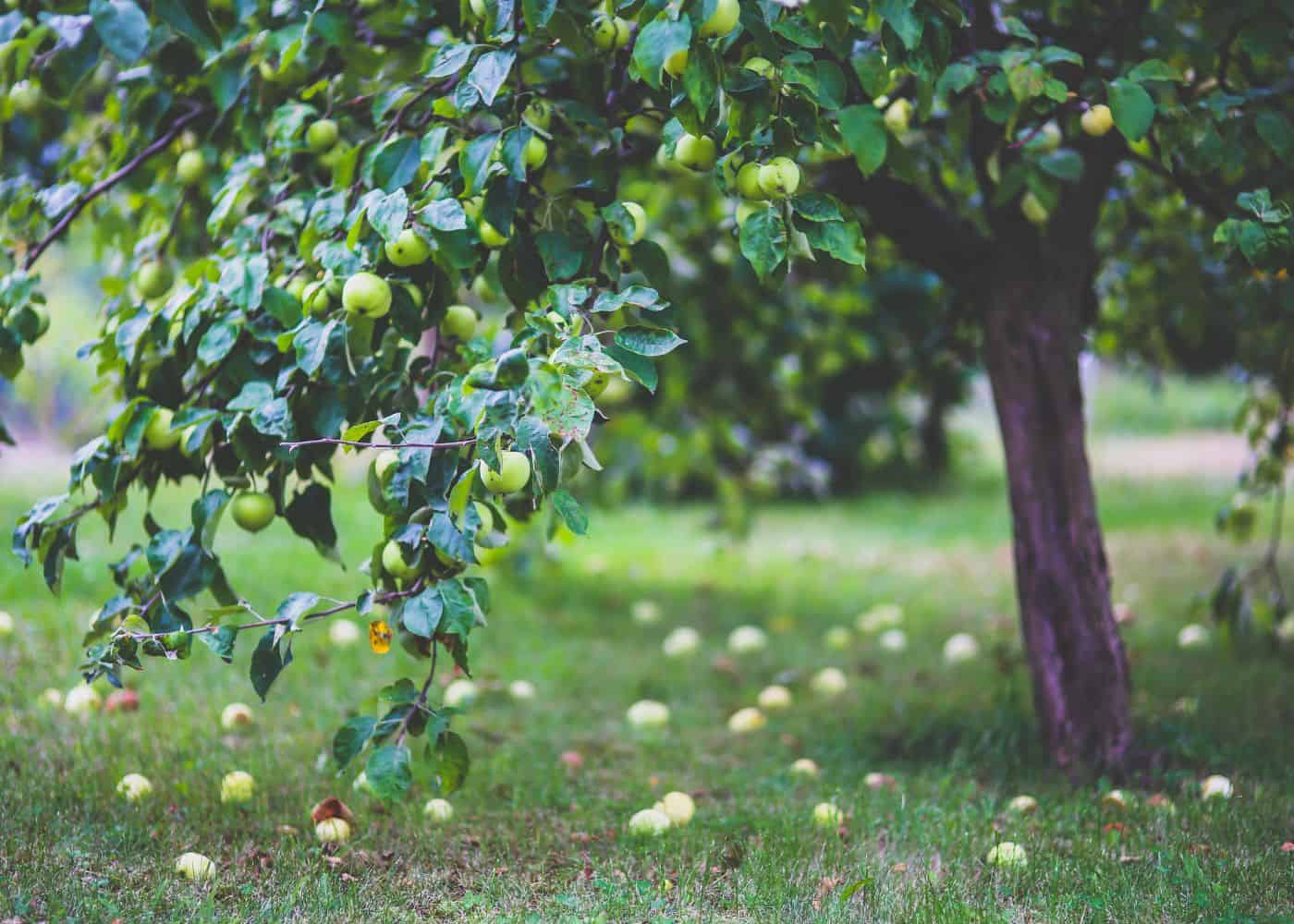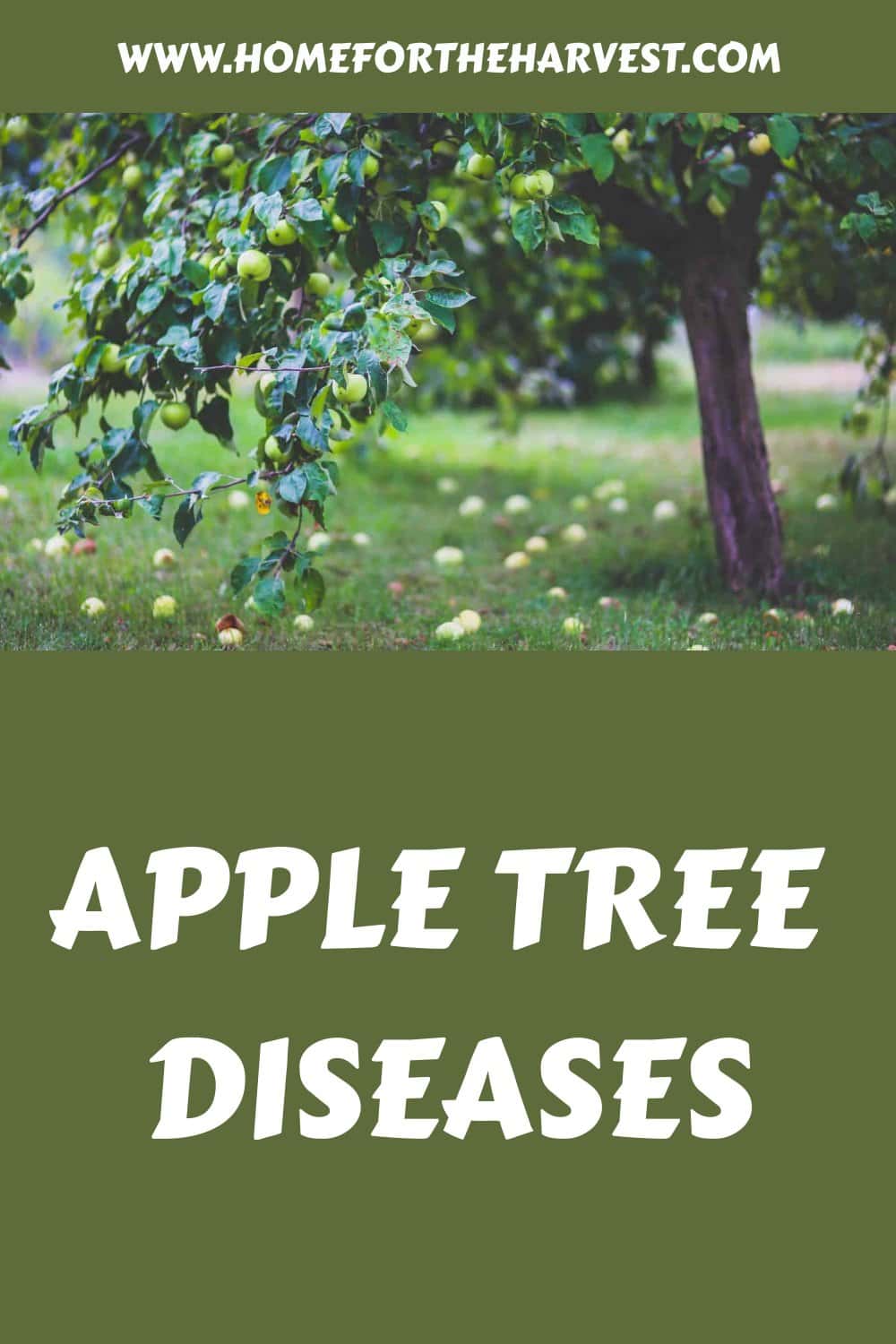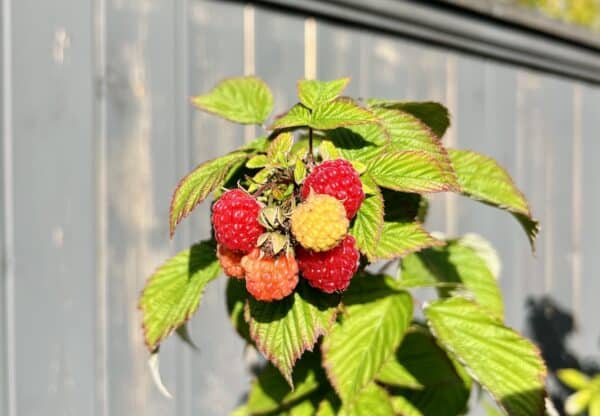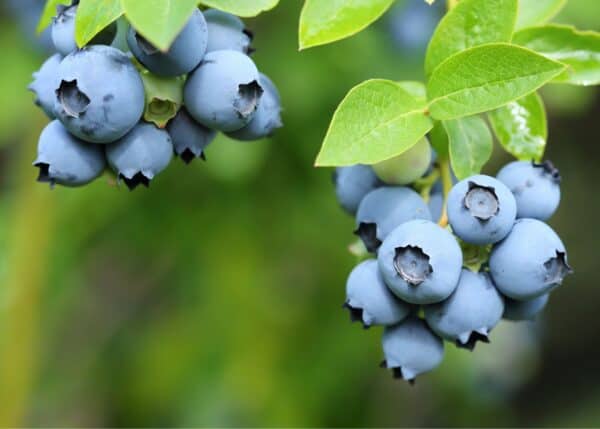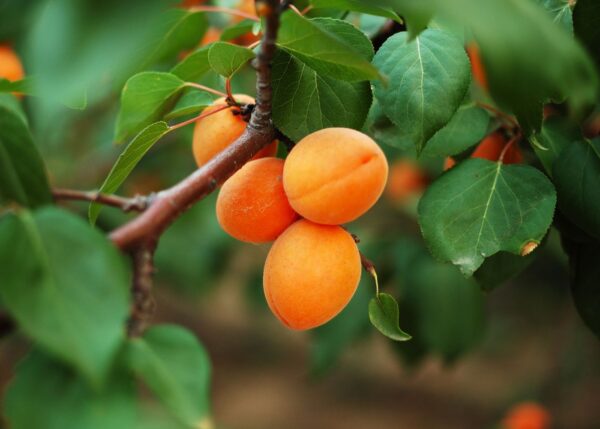Apple trees are somewhat prone to disease. There are a number of common pathogens that tend to attack these fruit trees, and the differences between them can be tricky to navigate. Let’s look at the most frequently observed apple tree diseases and how to prevent and treat them.
The basics of apple tree diseases
Common diseases that occur when growing apples include fire blight, apple scab, cedar apple rust, powdery mildew, and several viruses. Knowing how to identify and treat these diseases can help you keep your apple trees healthy and productive for years to come.
Pathogens are typically categorized into one of three categories: bacterial, fungal, viral. Here are some examples of each:
Bacterial diseases
Bacterial diseases that affect apple trees:
- Fire blight (caused by Erwinia amylovora)
- Bacterial canker (caused by Pseudomonas syringae)
Fungal diseases
Fungal diseases that affect apple trees:
- Apple scab (caused by Venturia inaequalis)
- Powdery mildew (caused by Podosphaera leucotricha)
- Cedar apple rust (caused by Gymnosporangium juniperi-virginianae)
- Apple canker (caused by various fungi including Nectria galligena and Neonectria ditissima)
- Apple root rot (caused by Armillaria mellea and other Armillaria species)
- Sooty blotch and flyspeck (caused by various fungi including Zygophiala jamaicensis and Leptodontidium elatius)
- Fruit rot (caused by various fungi including Botrytis cinerea and Colletotrichum spp.)
- Black rot (caused by Botryosphaeria obtusa)
- White rot (caused by Sclerotinia sclerotiorum)
Viral diseases
Viral diseases that affect apple trees:
- Apple Mosaic Virus
- Apple Stem Grooving Virus
- Apple Stem Pitting Virus
- Apple Chlorotic Leaf Spot Virus
More
- Root Lesion Nematode (Pratylenchus spp.)
- Apple Mottle Viroid
These diseases and pathogens can cause significant damage to apple trees, affecting both fruit quality and tree health. Proper management practices, including sanitation, cultural controls, and sometimes treatments (including removal of infected tissue), are essential for disease prevention and control.
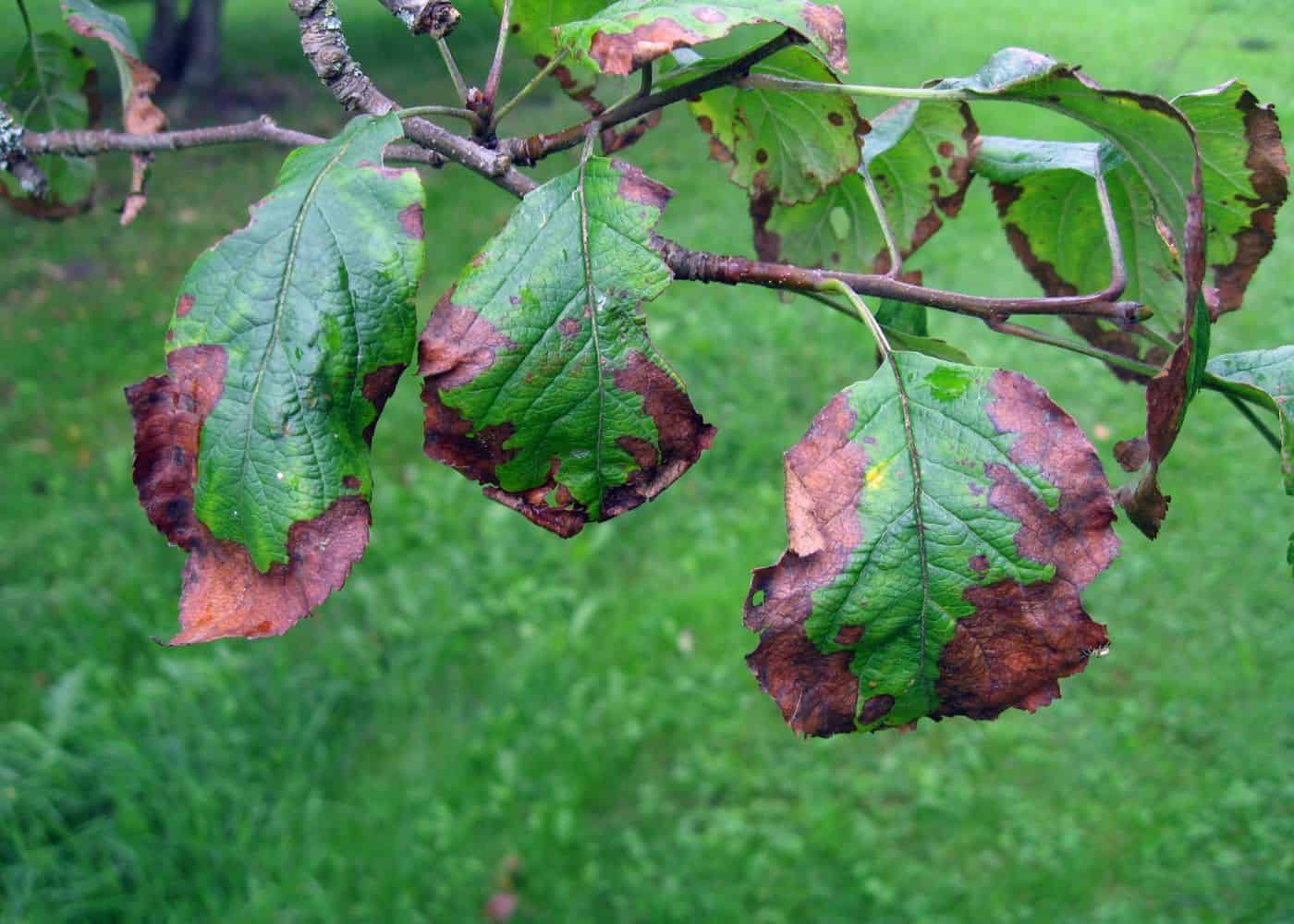
1. Fire blight
Fire blight is a serious bacterial disease that affects apple trees, as well as other hosts such as pear, different cultivars of crabapple, and mountain ash. It is caused by the bacteria Erwinia amylovora which can infect fruit, flowers, twigs, and leaves of infected plants. This pathogen spreads very quickly and can destroy entire orchards if allowed to spread.
Symptoms of fire blight include wilting of new shoots, dieback of branches or entire limbs, and dark brown to black lesions on bark or stem. The bacteria are spread by wind-borne rain splashes carrying the spores from fallen leaves or infected tissue to healthy wood in springtime. And it really can spread almost as fast as wildfire!
Some cultivars are more prone to fire blight infection than others. Highly susceptible varieties include Gala, Fuji, Braeburn, Golden Delicious, Granny Smith, Jonathan, Jonagold, Rome, Mutsu, and Red Delicious. Varieties with some natural resistance to fireblight include Melrose, Priscilla, Redfree, and Winesap.
If your apple tree has already been infected with fire blight, you need to take immediate action. Prune off all dead leaves and branches well past the point where they become discolored (at least 8 inches). Pruning during dry weather may also help reduce the spread of fire blight but should be done carefully so as not to spread airborne spores further into healthy parts of the tree. Remove all prunings from the area.
Disinfect pruning tools between cuts with a solution containing 10% bleach/water mix or 70% rubbing alcohol/water mix before moving onto another part of the tree so you don’t risk spreading it further throughout your yard or even worse – an entire apple orchard.
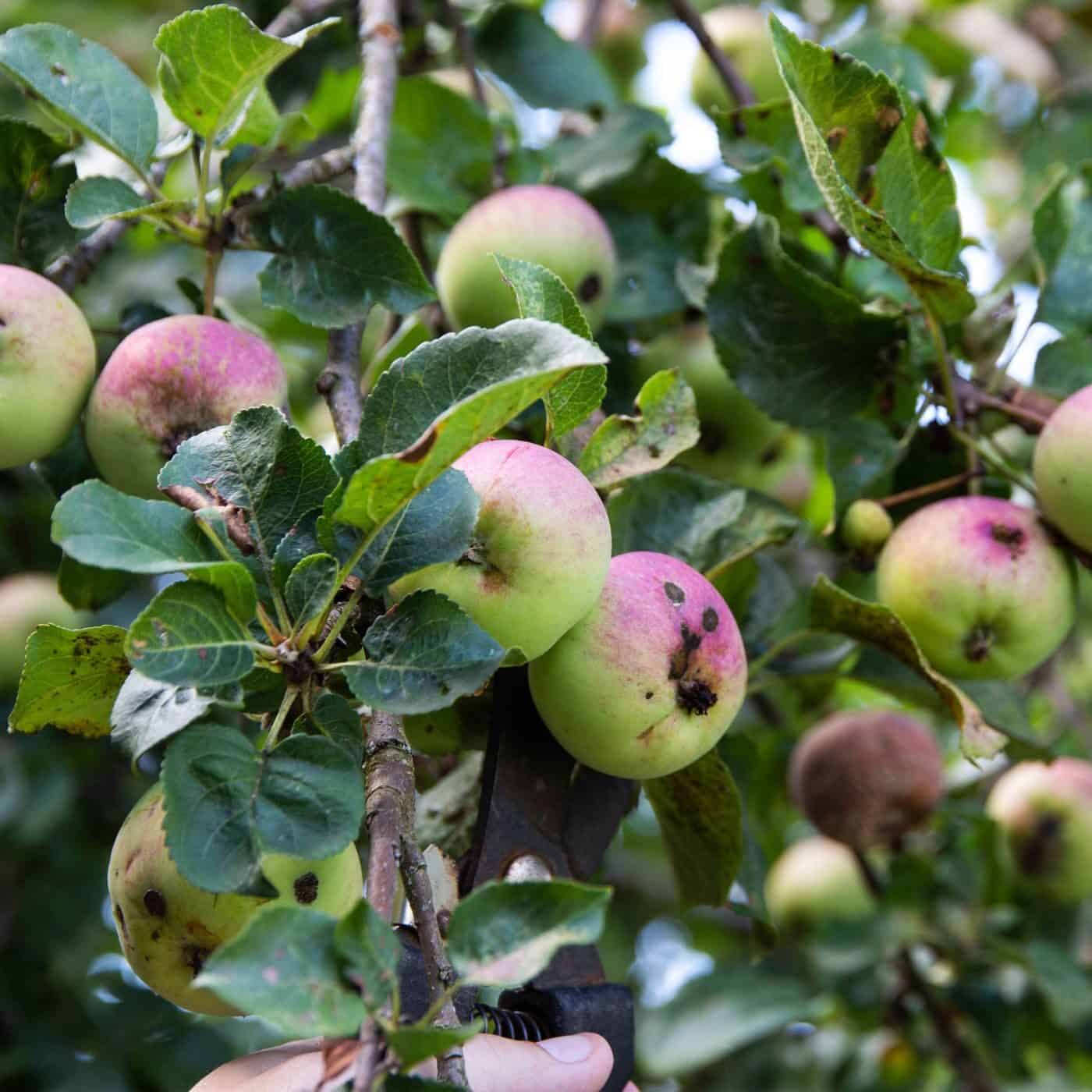
2. Apple scab
Apple scab is a common fungal disease that affects apple trees and other related species. It is caused by the fungus Venturia inaequalis which overwinters in fallen leaves and produces airborne spores during wet spring weather. The infection can cause spots on infected plants’ leaves, fruit, and twigs.
Apple varieties such as Rome, Northern Spy, Jonathan, and Golden Delicious are particularly susceptible to this fungal disease. In contrast, scab-resistant varieties include Enterprise, Liberty, Pixie Crunch, Topaz, and CrimsonCrisp.
The first signs of apple scabs appear as small olive-green or yellowish spots on the upper surface of newly developing leaves or shoots. As the disease progresses, these spots may become larger with fringed margins. Infected fruits may also develop small brownish lesions surrounded by light green halos that eventually turn black if left untreated for long periods. Leaves may also curl up due to excessive moisture loss from transpiration caused by infection sites on leaf surfaces.
If you note signs of apple scab, start by cleaning up and removing all fallen leaves, fruit, and other plant debris from the area to maintain a “clean forest floor” in your orchard. You may also wish to apply a fungicide, especially in cool and wet weather. Lastly, keep up with annual pruning to make sure the tree canopies are open and allow for good airflow through the branches.
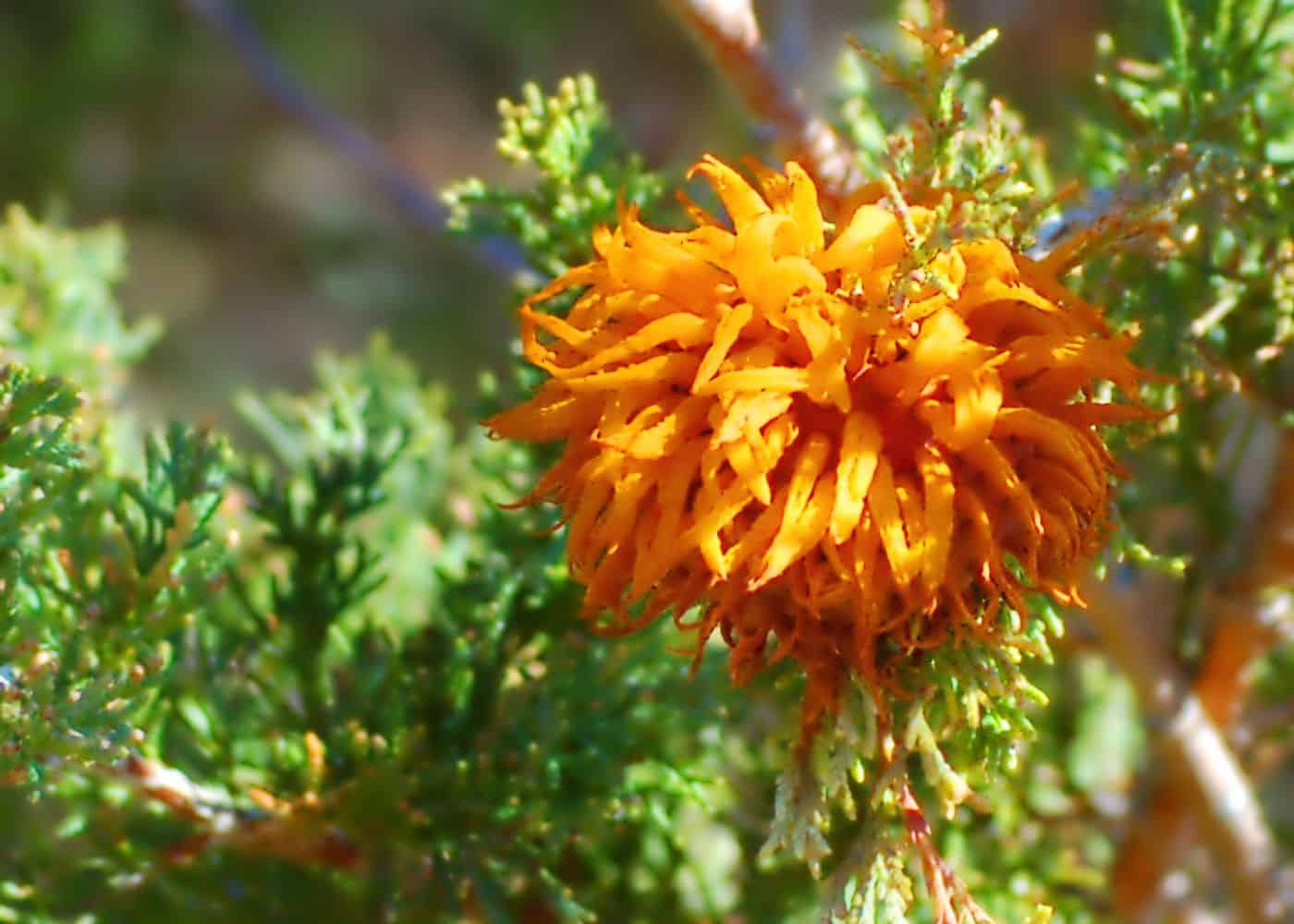
3. Cedar apple rust
Cedar apple rust is a common disease that affects many varieties of apple trees. It is caused by the fungus Gymnosporangium juniperi-virginianae, which alternates between its two host plants: cedars and apples. The fungal spores are spread by wind and rain from infected cedar trees to nearby apple trees.
Signs of the disorder include yellow-orange patches on foliage, twigs, and fruit; brown spots on dropped leaves; early leaf shedding; and stunted or distorted growth in juvenile trees. Cultivars like McIntosh and Liberty may have some natural resistance, while varieties like Rome and Jonathan may be more susceptible than others.
Infections can be difficult to treat once they’ve taken hold, so it’s important to take preventive measures beforehand. Plant resistant cultivars when possible – some varieties are more susceptible than others – and make sure your tree has adequate space for air circulation around it. Prune away dead branches regularly, rake up fallen leaves promptly, and water the soil directly around the tree’s drip line instead of overhead watering.
Inspecting your tree for signs of infection is essential for early detection. Look out for yellowish-orange spots on both sides of the leaf and deformed fruits with rough patches or lesions on them. If any symptoms are spotted, a certified arborist should be consulted to identify the issue and recommend suitable solutions such as pruning or treatment application.
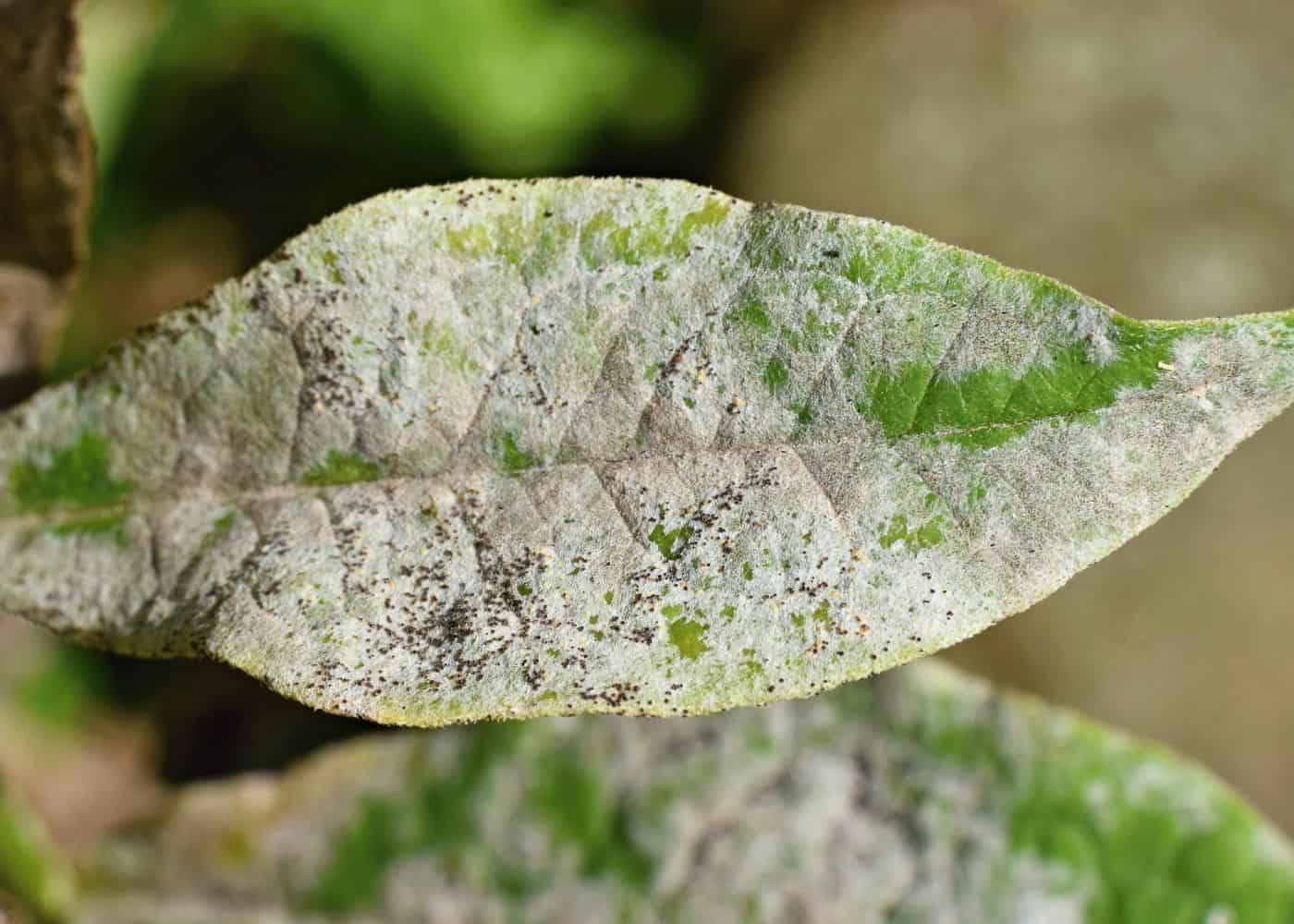
4. Powdery mildew
Powdery mildew is a common disease of apple trees and many other plants that affects both the leaves and fruit. It is caused by a number of different fungi, which tend to thrive in warm, humid conditions. The fungus produces airborne spores that can spread to other plants and cause infection.
Symptoms include white or grayish-white powdery patches on the surface of infected leaves, stems, and fruits. In severe cases, these patches may cover most of the leaf surface. Infected fruits often have small brown spots on their skin and become distorted as they mature.
Choosing resistant cultivars when planting an apple tree orchard or garden bed is important to reduce the risk of infection. Good air circulation around trees will also help prevent infection by keeping humidity levels low and allowing for rapid drying after rainfall or irrigation events.
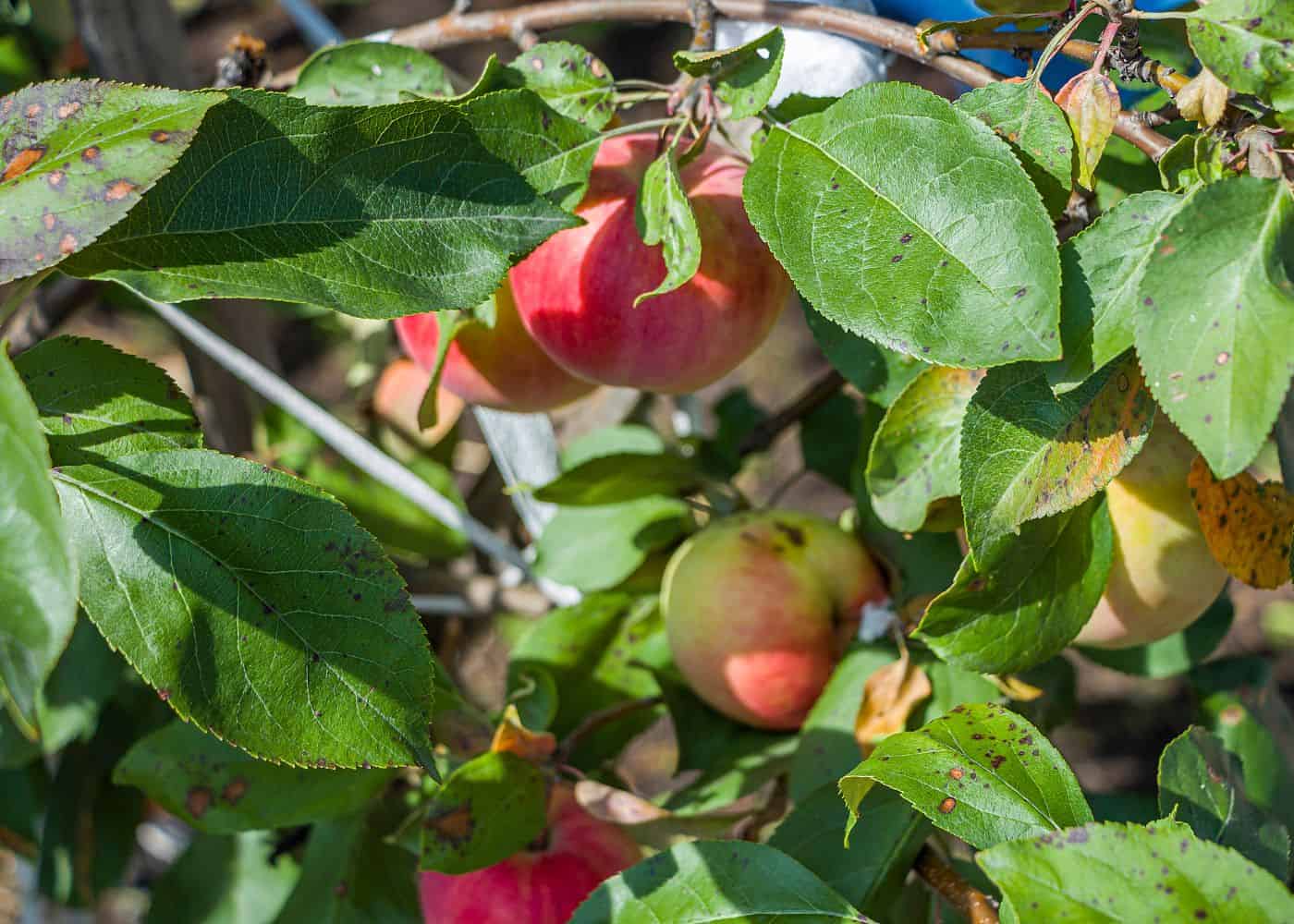
5. Apple mosaic virus
Apple mosaic virus (ApMV) is a common disease of apple trees and can affect many varieties. The infection, brought about by a virus, can traverse through the foliage, blossoms, and apples of apple trees. Symptoms include yellow-green mottling on leaves, distorted or stunted growth of shoots and fruits, and reduced yield. ApMV can be spread from infected plants to healthy ones via contact with sap or airborne spores from infected tissue.
Infected trees may show signs of leaf spots or dead leaves in the springtime and white rot on their trunks during winter. If left untreated, ApMV can cause serious damage to an entire apple orchard over time by reducing yields significantly.
To avoid recurrence, it is wise to implement good cleanliness practices such as collecting fallen foliage and trimming away any infected wood before the disease has a chance to spread. Apple mosaic virus is highly contagious.
6. Apple russet ring virus
Apple russet ring virus (ARRV) is a fungal disease that affects apple trees. It is caused by the fungus Diplocarpon mali and can be identified by its characteristic yellow rings on leaves. ARRV causes leaf spots, browning of fruit, and premature defoliation of infected trees. The infection can spread quickly to nearby plants if not treated promptly.
Common symptoms of ARRV include yellow rings or spots on the leaves, which are visible when held up to light. They may also appear as concentric circles on the fruit surface. Infected fruits will often have a rough texture and may become discolored or mottled in appearance due to secondary infections from other fungi or bacteria, such as powdery mildew. Additionally, infected leaves may curl up and fall off prematurely, causing reduced yields in affected apple varieties.
To reduce the risk of ARRV infection, resistant cultivars such as Honeycrisp, Empire, Granny Smith, and Golden Delicious should be chosen for planting when possible. Nevertheless, even these varieties can still become infected so it is important to stay on top of management practices like clearing away fallen leaves during harvest season and pruning off dead wood before bud break in springtime to help ensure a reinfection-free orchard year after year.
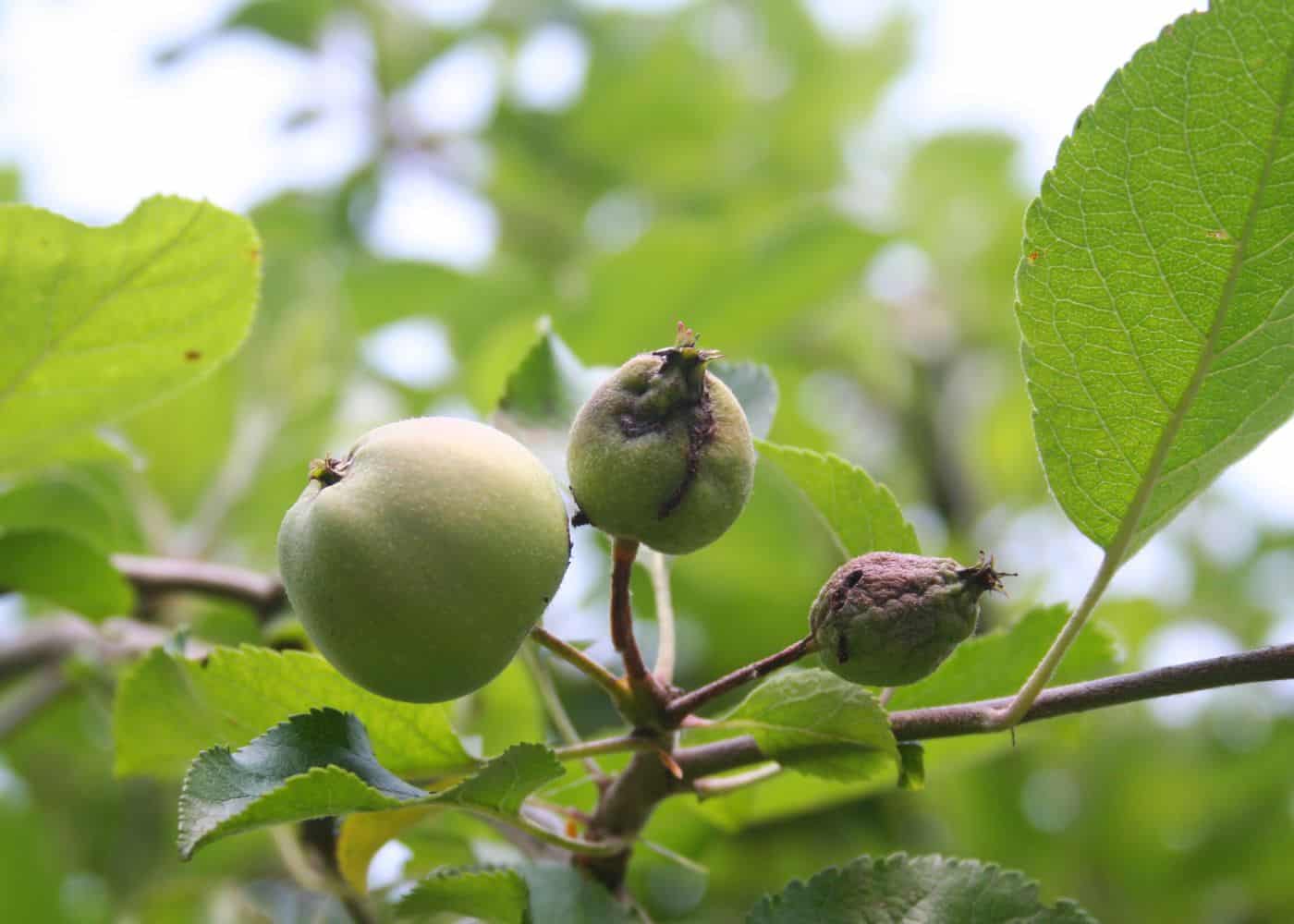
7. Apple green crinkle-associated virus
Apple green crinkle-associated virus (AGCAV) is a serious disease that affects apple trees. AGCAV is transmitted by airborne spores and can infect both orchard-grown and home-garden apple trees, manifesting in yellowed leaves, stunted growth, curled foliage, and misshapen fruit with raised bumps.
AGCAV is spread through airborne spores and can be found in both orchards and home gardens. Symptoms of AGCAV include yellowing of leaves, stunted growth, curling leaves, and discolored fruit with raised bumps on the skin. The virus also causes brown spots on the bark which may eventually lead to collar rot if left untreated.
The best way to prevent infection from AGCAV is to choose resistant cultivars when planting an apple tree. It is essential to get rid of any dropped leaves or fruit near the tree’s base to avoid new contamination. Pruning away any dead branches will help reduce potential sources for reinfection as well. Additionally, keeping your soil healthy with adequate amounts of organic matter will help keep your trees strong enough to resist infection from this virus.
Monitoring trees regularly is essential to spot any signs of illness during the growing season so that action can be taken quickly. Fungicides may be used in some cases, so consult an arborist as soon as the symptoms are observed. Keeping up regular maintenance such as pruning away dead wood and removing fallen debris will go a long way towards preventing future outbreaks.
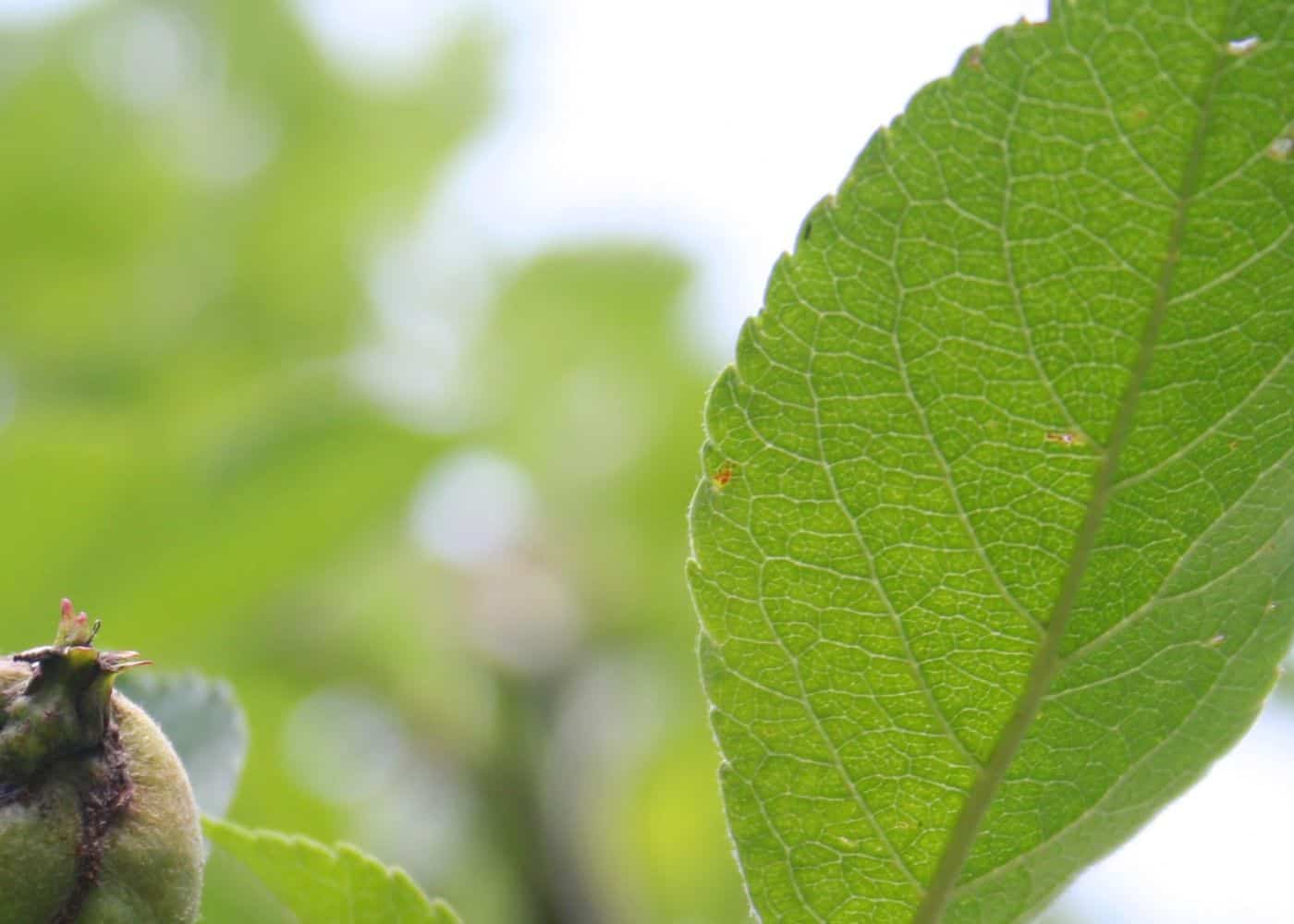
8. Apple stem pitting virus
Apple stem pitting virus (ASPV) is a serious disease of apple trees that can cause significant damage to the tree and its fruit. It is caused by an insect-transmitted virus, and it affects both young and mature apple trees. The symptoms of ASPV include small yellow spots on leaves, twig dieback, stunted growth, premature leaf drop, and distorted or misshapen fruit. In some cases, infected apples may have deep pits in their flesh which are difficult to detect until the fruit has been cut open.
To prevent ASPV from infecting your apple tree, it’s important to practice good pest management techniques such as removing dead wood from around the base of the tree where insects can hide and using insecticides when necessary. Additionally, you should always prune your trees properly so that there are no weak branches or overcrowded areas for pests to congregate in. Ensure that any newly acquired trees are confirmed to be free of illness before placing them in your garden or yard.
The best way to treat an ASPV infection is with a combination approach involving both treatments as well as cultural practices like proper pruning and sanitation methods mentioned above. years without worrying about this dreaded disease ruining their harvest season. Again, consult a certified arborist.
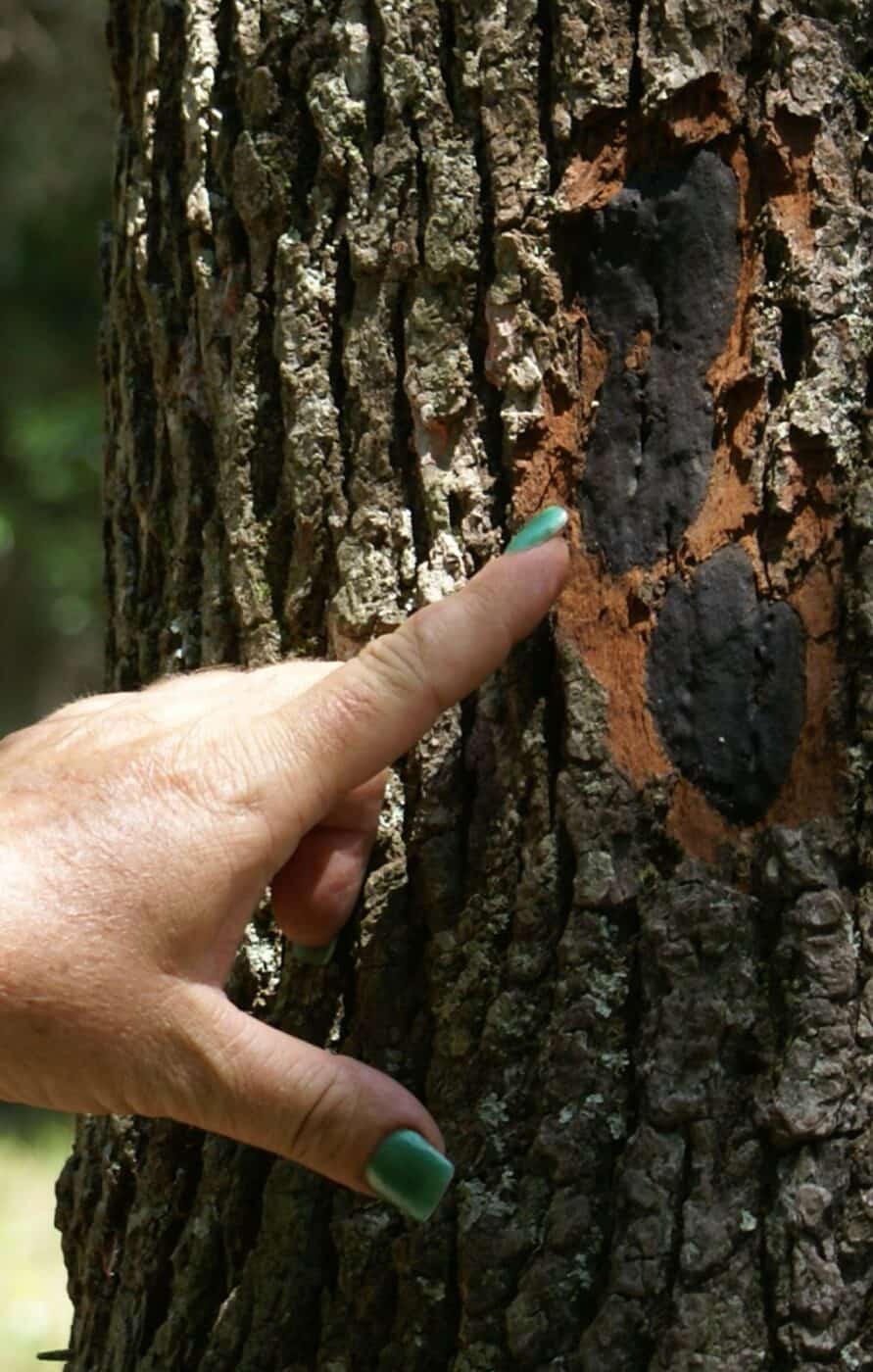
9. Perennial canker
Perennial canker is a fungal disease that affects apple trees. It usually starts with the leaves and fruit of infected trees becoming mottled or discolored, then gradually turning brown.
If not treated, the infection can spread to the bark and wood of the tree, leading to its weakening and eventual death. The fungus thrives in moist conditions and is spread through airborne spores from other infected plants.
To treat perennial canker in apple trees, start by pruning infected branches back to healthy tissue and dispose of the pruned material. Consider applying fungicides if the infection is severe, following label instructions carefully. Additionally, maintain good orchard hygiene, monitor trees regularly for symptoms, and consult with a professional if needed for tailored guidance.
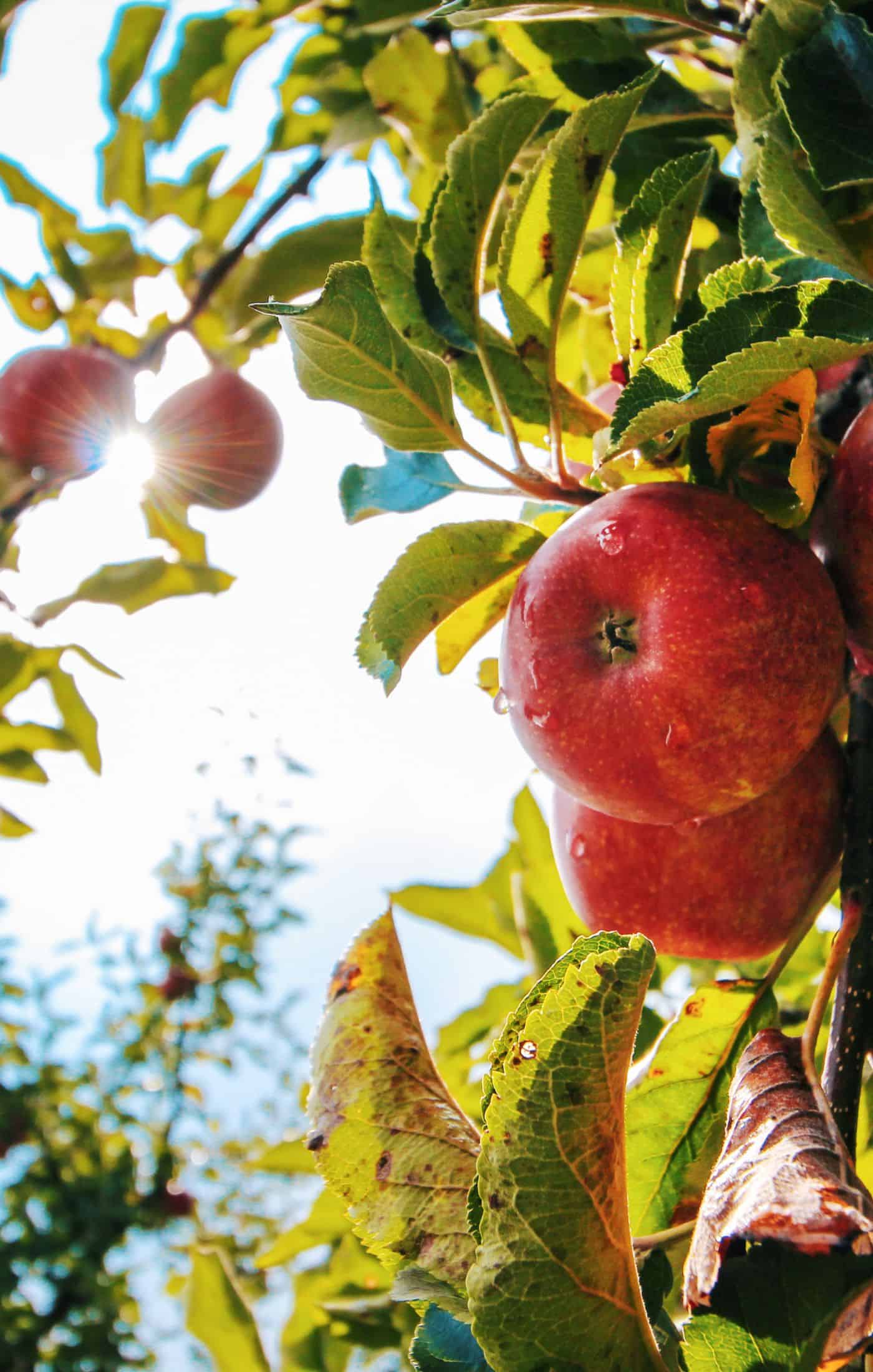
10. Anthracnose
Anthracnose is another fungal disease that affects apple trees. This fungal pathogen causes spots on the bark that eventually turn dark as the tissue dies and separates, often exposing the inner fiber of the branch.
Infections typically happen during autumn rains, starting as small red circles on the bark. They’re easiest to see when the bark is wet. The color spreads deeper into the tree, reaching the sapwood which has important vessels.
The infected spots get bigger and longer, changing to orange or brown, with a clear border between healthy and dead tissue. The bark cracks around the infection. In winter, the disease-causing organism takes a break but restarts in the spring.
To treat Anthracnose in apple trees, prune affected branches to remove infected areas and dispose of pruned material off-site. Apply fungicide following label instructions for proper timing and dosage. Implement cultural practices such as improving air circulation, minimizing tree stress, and practicing good sanitation to reduce the spread of the disease.


